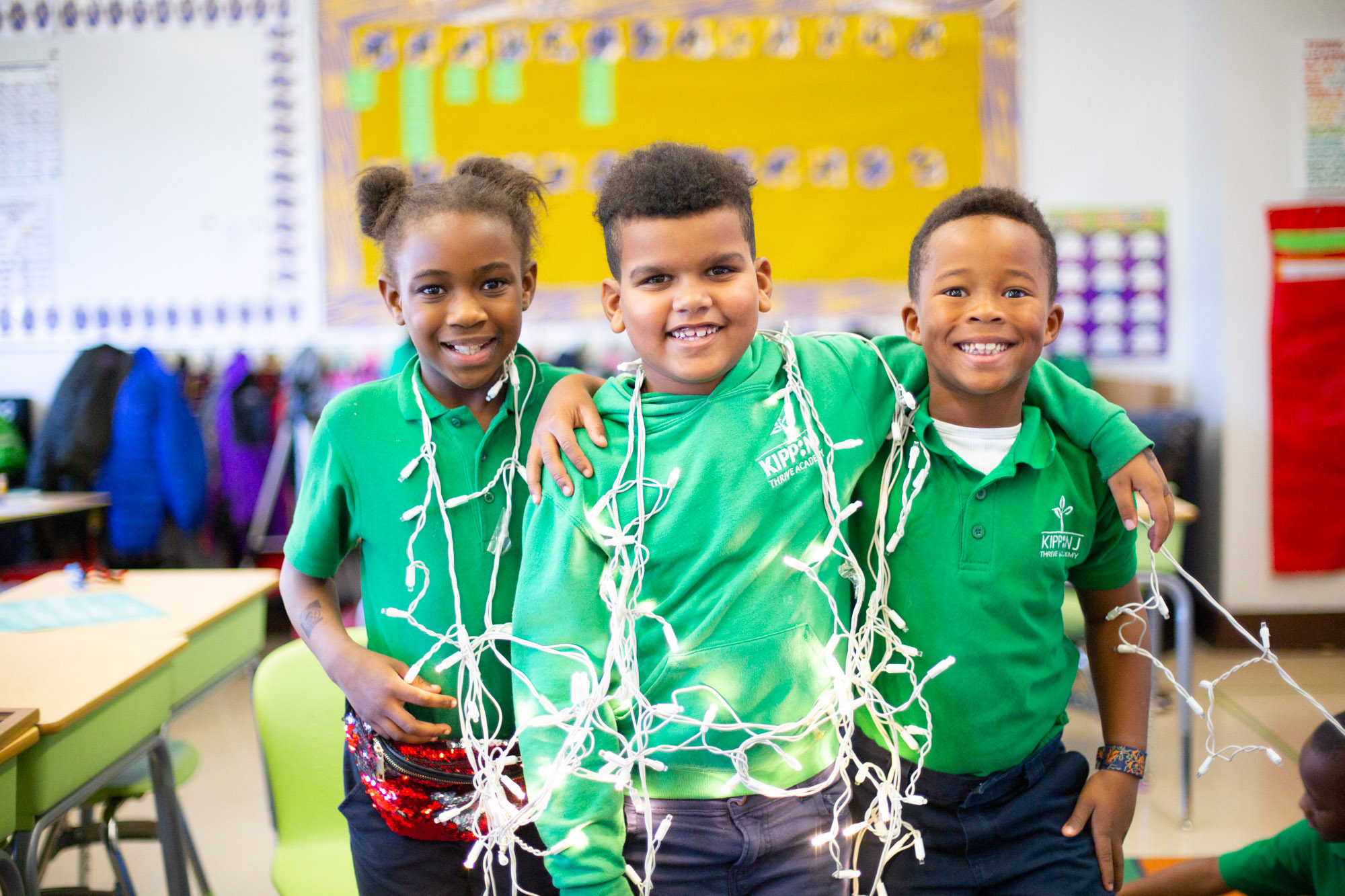As teachers, you know your students best. You see them burst with excitement over learning a new skill and laugh as they forge new friendships. You also see them when they’re stressed or struggling over something more personal than long division or Shakespeare. And because teachers have endless care for their students, you want to help.
Mental health can be a tough topic, and no one should have to go it alone! That’s why Google is launching a $10M Teen Mental Health Initiative as part of their commitment to youth digital wellbeing, which provides teachers and their students three opportunities to get the support they need. Here’s how:
- Google.org flash funded all live high school mental health projects on August 12
- Eligible high school mental health projects posted on or after August 12 will receive a $500 first donation
- High school teachers can complete a training course to receive a $200 DonorsChoose funding credit
Looking for inspiration on mental health projects you can post to DonorsChoose? With support from Google.org, The Jed Foundation (JED), The Steve Fund, and The Child Mind Institute curated a list of 7 expert-recommended classroom supplies you can request today to support your high school students’ mental health and wellness:
1. Personal care items
How a student views themselves has a direct impact on their mental, physical and emotional wellbeing, and you can play a vital role in helping students build self-esteem and a positive self-image. Items like hygiene products and clothing are foundational for students’ comfort and happiness at school.
Check out Ms. Smelcer’s Be-YOU-tiful Cosmetology Club project:
“To further strengthen the school community, build academic motivation, provide introductory exposure to possible future career goals, and strengthen students' self-esteem, I am initiating a new school Cosmetology Club. When I presented this club idea to one of my students, their response was, ‘That [club] would actually make me want to come to school.’”
2. Resources that build emotional awareness
Books, posters, and any resources that help students name their emotions and understand that all humans experience a wide range of emotions are impactful to student mental health. Spaces for your high schoolers to write or draw about their own feelings can become the safest, most restful corners of the school. Don’t forget the journals and pens to stock your space!
3. Music & art supplies
You may not be an art teacher, or consider yourself to be much of an artist, but you don’t have to be! Regardless of your personal artistic ability, visual, musical, or performative art unlocks alternative methods of communication and helps students develop emotional regulation strategies. Subscriptions to music libraries or streaming services can allow you to create mental health playlists — and musical instruments give total freedom of expression!
Ms. Pyrch’s project, Developing Emotional Regulation Through Expressive Art Therapy, might get your creative wheels turning:
“Expressive art therapy uses art-making as a therapeutic process. It can help students develop and enhance emotional regulation by providing them with an outlet for their emotions, a way to communicate their feelings, and a means to explore and resolve their emotional conflicts. Expressing oneself through art can also foster creativity, self-awareness, and self-expression, which are all important skills for learning and success in life.”
4. Exercise equipment and outdoor learning supplies
Exercise is great for mental health and wellness. Outdoor lawn games like cornhole, yoga mats, pedometers, walking platforms, and exercise bands give students a channel for their daily stress, anxiety, or pent-up energy from sitting in a classroom all day.
Outdoor time doesn’t just have to be for movement — resources that help get students (and teachers!) outdoors for study time and learning time can provide a release from the daily stressors plus some crucial Vitamin D!
5. Flexible seating
Traditional desks and chairs don’t meet every teen’s sensory needs. When classrooms have various types of furniture to help students receive and retain information with their senses engaged, they can enjoy learning and thrive.
Consider requesting Ergo Bounce chairs like Ms. Torres, or any other alternative seating that will meet your students’ needs:
“Research shows that flexible seating leads to better physical health, allows more opportunity for students to collaborate by encouraging communication, and their sensory needs are better met which helps them focus!”
6. Educational kits & games
What might appear to be simple toys can play an integral role in student success. Games and activities help create a sense of connection and belonging. Any types of puzzles, board games, or collaborative projects that have a very low barrier for entry (meaning, anyone can just wander over and join in!) is a good bet.
7. Any resources that create trauma-informed classrooms
Cool-down or calming areas can make a big difference in the classroom. Lighting, color choice, predictability in schedules, and avoiding clutter all impact how students focus and engage, how teachers respond to students, and how students learn about their own triggers and reactions.
Everyday tools (plus a little creativity) can be all you need to foster a calming environment for students to focus. Stickers, file folders, and artificial plants can make all the difference for students in need of structure and support.
Thinking about creating a calming corner? Get inspired by Mr. Queiro’s Calming Supplies for Statistics project:
“This project is not just about acquiring resources; it's about creating an environment that nurtures potential, fosters growth, and instills a lifelong love for learning.”
Feeling inspired? Create a project requesting these expert-recommended resources to support your high school students’ mental health!
Learn more about how Google.org is supporting teen mental health through DonorsChoose.






.jpg)

.png)





.png)

.jpg)
